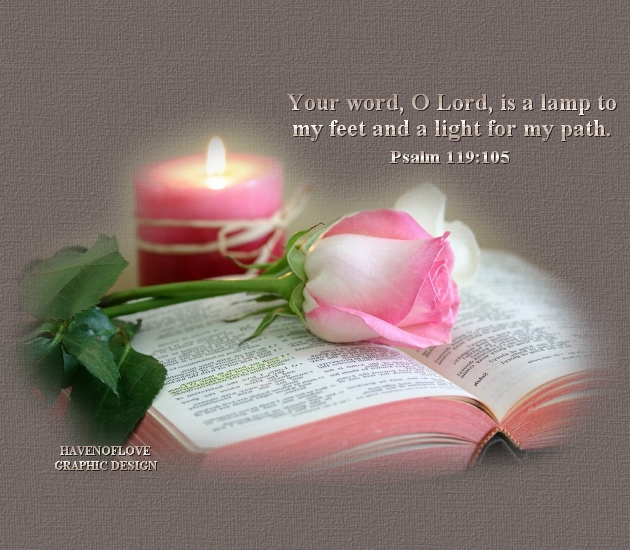

Chalcedonian Creed
|
The Chalcedonian Creed was adopted at the Council of Chalcedon in 451 in Asia Minor as a response to certain heretical views concerning the nature of Christ.
This Council of Chalcedon is the fourth of the seven ecumenical councils accepted by Eastern Orthodox, Catholic, and many Protestant Christian churches.
It is the first Council not recognized by any of the Oriental Orthodox churches. Those Councils were:
1. First Council of Nicaea held May 20 - June 19, 325 Topics: To correct heresies of
Arianism, the nature of Christ, celebration of Passover (Easter), ordination of eunuchs,
prohibition of kneeling on Sundays and from Easter to Pentecost, validity of baptism
by heretics, lapsed Christians, sundry other matters. This Council was where the Nicene Creed originated.
2. First Council of Constantinople held May–July, 381, Topics: Arianism,
Apollinarism, Sabellianism, Holy Spirit, successor to Meletius
3. Council of Ephesus held June 22 - July 31, 431. Topics: Nestorianism,
Theotokos, Pelagianism
4. Council of Chalcedon held October 8-November 1, 451. Topics: The judgments issued at the Second Council of Ephesus in 449, the relationship between the divinity and humanity of Christ, many disputes involving particular bishops and sees.
5. Second Council of Constantinople 553 (May 5-June 2) Topics: Nestorianism Monophysitism
6. Third Council of Constantinople 680-681 (November 7-September 16) Topics: Emperor Constantine IV, Patriarch George I of Constantinople. Monothelitism, the human
and divine wills of Jesus
7. Second Council of Nicaea 787 (September 24-October 23) Constantine VI and Empress Irene (as regent) Patriarch Tarasios of Constantinople, legates of
Pope Adrian, Iconoclasm
|
Each one of these councils served to clarify issues and false doctrines that arose in the churches.
Thus, each one of these creeds builds upon and expands the previous one. The Nicene Creed expands upon the Apostles Creed, the Athanasian Creed builds
upon the Nicene Creed, and this Chalcedonian Creed further expands on the Athanasian Creed. Each one was adopted to combat common heresies of their times.
The Chalcedonian Creed was written amid the controversies between the western and eastern churches. These controversies were over the meaning of the incarnation,
the ecclesiastical influence of the Byzantine emperor, and the supremacy of the Roman Pope. The western churches readily accepted the creed, but some eastern
churches did not. The adopted Creed specifically maintained the two distinct natures of Christ (divine and human) against the teachings of Eutyches -- who taught that
Christ had only one nature, a mixture of human and divine. Eutychianism is also known as monophysitism from monos (single) and physis (nature), which confuses both
Christ's true humanity and his true deity.
Here then is the Chalcedonian Creed. I have included both the older version, and the modern version, which some find easier to understand.
|
We, then, following the holy fathers, all with one consent teach men to confess one and the same Son, our Lord Jesus Christ, the same perfect in Godhead and also
perfect in manhood; truly God and truly man, of a rational soul and body; coessential with the Father according to the Godhead, and consubstantial with us according
to the manhood; in all things like unto us, without sin; begotten before all ages of the Father according to the Godhead, and in these latter days, for us and for our
salvation, born of the Virgin Mary, the mother of God, according to the manhood; one and the same Christ, Son, Lord, Only-begotten, to be acknowledged in two
natures, without confusion, without change, without division, without separation; the distinction of natures being by no means taken away by the union, but rather
the property of each nature being preserved, and concurring in one person and one subsistence, not parted or divided into two persons, but one and the same Son,
and only begotten, God the Word, the Lord Jesus Christ; as the prophets from the beginning have declared concerning Him, and the Lord Jesus Christ Himself
has taught us, and the creed of the holy fathers has handed down to us.
Therefore, following the holy fathers, we all with one accord teach men to acknowledge one and the same Son, our Lord Jesus Christ, at once complete in Godhead
and complete in manhood, truly God and truly man, consisting also of a reasonable soul and body; of one substance with the Father as regards his Godhead, and at
the same time of one substance with us as regards his manhood; like us in all respects, apart from sin; as regards his Godhead, begotten of the Father before the
ages, but yet as regards his manhood begotten, for us men and for our salvation, of Mary the Virgin, the God-bearer; one and the same Christ, Son, Lord,
Only-begotten, recognized in two natures, without confusion, without change, without division, without separation; the distinction of natures being in no way
annulled by the union, but rather the characteristics of each nature being preserved and coming together to form one person and subsistence, not as parted or
separated into two persons, but one and the same Son and Only-begotten God the Word, Lord Jesus Christ; even as the prophets from earliest times spoke of
him, and our Lord Jesus Christ himself taught us, and the creed of the fathers has handed down to us.
|


|
| |
|
|
| |
|